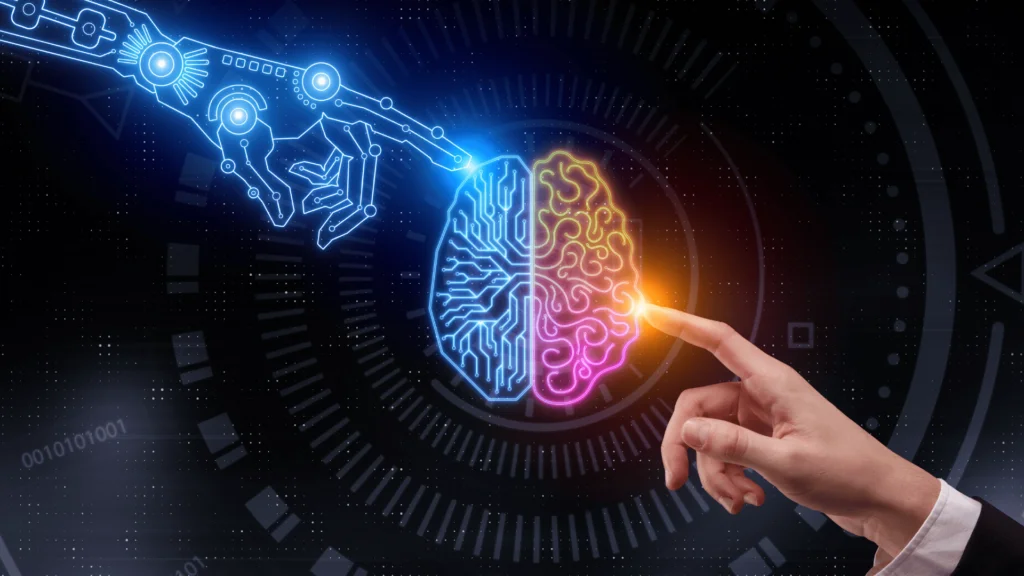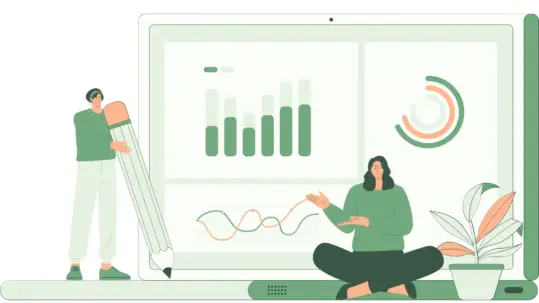
05 May ChatGPT: Explained, Working and Applications
Recently, there has been a lot of buzz surrounding ChatGPT which is a brand new artificial intelligence system that seems to be able to perform almost everything. This has led many to question whether such technologies could replace human beings in the future. Before reflecting on its potential and limitations, let’s dive into what ChatGPT is all about.
How ChatGPT Works
ChatGPT is a natural language processing system developed by OpenAI using deep learning techniques to generate text and conversations. Based on the GPT-3.5 architecture, ChatGPT understands the meaning of human language and provides appropriate and consistent answers to user questions. It has been trained on a wide range of text from various sources and fields of knowledge in different languages.
The interface of ChatGPT is like a simple chat, through which users can input their desired text. Within a few seconds of processing, the system generates a response, which can be edited as needed or used as it is.
ChatGPT has a broad range of applications. Its ultimate goal is to improve communication between humans and machines. It is free to use once registered on the OpenAI website.
Applications of ChatGPT
ChatGPT can be used in different domains such as:
- Customer support: ChatGPT can provide automated customer support by answering common questions. This can enhance customer experience, reduce wait times and increase the efficiency of customer service.
- Natural language processing: the system can analyze large amounts of text and identify patterns and relationships. This can be useful in research, sentiment analysis, information extraction and classification of text.
- Text generation: ChatGPT can generate text independently for various purposes like product descriptions, reviews, summaries and website content. This can save time when creating content and generate personalized text quickly and reliably.
ChatGPT and Translation
ChatGPT can help translators improve the quality of their translations and reduce their work time. It can understand and generate text in many languages because of its capacity to process large amounts of data.
ChatGPT can be used to suggest alternative translations, correct grammar and spelling mistakes, provide definitions, and generate translations of simple or repetitive texts.
AI in translation is becoming increasingly useful because of its continuous learning and evolution based on deep learning. However, professional translators will always have a unique advantage over AI because of their understanding of context, form, and style.
Limitations and Risks of ChatGPT
Though ChatGPT is a useful tool in performing various tasks, it has several risks and limitations:
Biases in training data can affect the responses generated by ChatGPT. For instance, if the data has gender or racial stereotypes, the model may generate biased responses.
As the model primarily relies on training data to generate responses, it has limited knowledge of the world, and this may limit its understanding of context or generation of responses requiring specific knowledge.
The subtleties of language such as irony, sarcasm or rhetorical figures are difficult for ChatGPT to understand, and may lead to inadequate or inappropriate responses in some situations.
ChatGPT may have difficulty understanding and generating responses in less common languages due to a lack of available training data.
The Future of AI
Artificial intelligence continues to evolve and become increasingly sophisticated, leading to AI models that are capable of solving complex problems like ChatGPT.
 Furthermore, AI is becoming more and more present in everyday life, embedded in devices such as cars, phones, voice assistants, and other IoT devices. This will lead to the automation of many processes and decisions, enabling machines and robots to act autonomously in increasingly sophisticated ways.
Furthermore, AI is becoming more and more present in everyday life, embedded in devices such as cars, phones, voice assistants, and other IoT devices. This will lead to the automation of many processes and decisions, enabling machines and robots to act autonomously in increasingly sophisticated ways.
However, AI also presents challenges regarding the liability, security, and regulation of these technologies. As AI becomes more present in everyday life, public debate and the creation of new regulations will be necessary to ensure its safe use.
Conclusion
Artificial intelligence, is revolutionizing the way we interact with digital technologies. However, as with all emerging technologies, artificial intelligence and ChatGPT have some challenges and limitations that need to be tackled. It is important that developers continue to improve AI performance while ensuring ethical and safe use of these technologies. Despite the challenges, the future of artificial intelligence appears very promising, with the potential to improve our daily lives even more.
Creative Words is an ISO-certified translation agency that has been working with companies from all over the world for years. If you need to translate important documents for your business, contact us obligation-free: we will evaluate your situation and needs together with you and propose a solution in line with your needs, expectations and budget.





